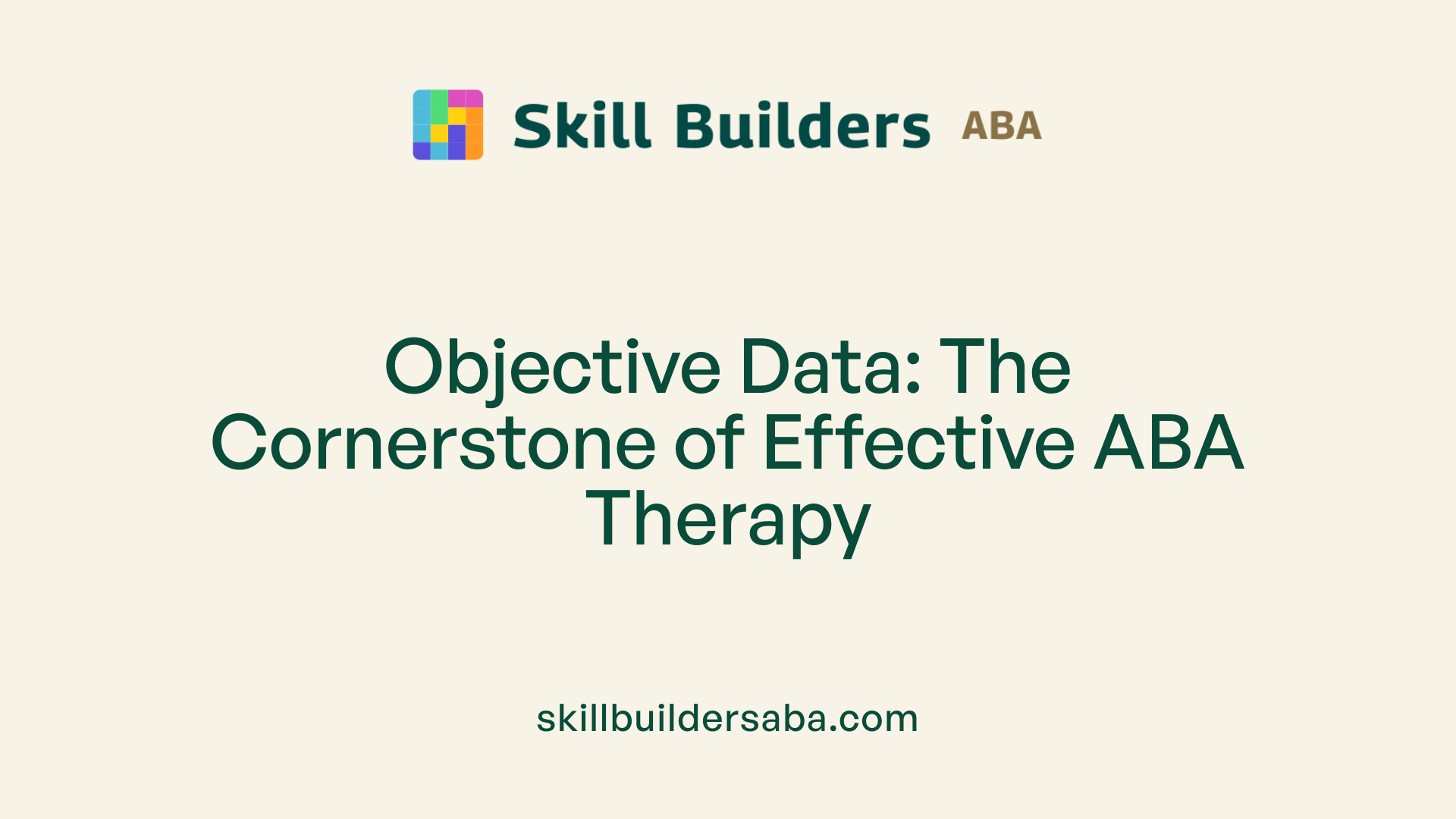
The role of data collection in ABA decision-making
Enhancing Therapeutic Outcomes Through Strategic Data Collection
Understanding the Importance of Data in ABA
Data collection is the cornerstone of effective Applied Behavior Analysis (ABA) therapy. It provides a systematic, objective basis for evaluating behaviors, tailoring interventions, and monitoring progress over time. This article explores how data collection influences decision-making, improves clinical practices, and ultimately leads to better outcomes for individuals receiving ABA services.
Fundamental Role of Data in ABA Decision-Making

What is the primary role of data collection in ABA therapy?
Data collection in ABA therapy is vital for systematically capturing a child's behaviors and tracking their progress. It serves as the foundation for making objective, evidence-based decisions about intervention strategies. By recording behaviors such as frequency, duration, and ABC (antecedent-behavior-consequence) sequences, therapists gain a comprehensive understanding of a child's unique behavior patterns.
This process not only helps measure current levels of functioning but also guides the development of personalized treatment plans. Accurate data ensures that interventions are tailored to the child's specific needs and that progress towards goals is transparent and verifiable. Without rigorous data collection, it would be challenging to determine whether interventions are effective or require adjustments.
Overall, the primary role of data collection in ABA is to provide a reliable, objective framework for assessing behavior and informing clinical decisions that enhance treatment outcomes.
Integrating Data for Optimal Outcomes
Effective data collection forms the foundation of successful ABA therapy. It ensures that interventions are guided by reliable, accurate information, enabling practitioners to make informed decisions that are responsive to each individual's evolving needs. By leveraging advanced data collection methods, maintaining high standards of data integrity, and fostering collaboration among all stakeholders, therapists can optimize treatment strategies, monitor progress diligently, and celebrate milestones along the way. Ultimately, a data-driven approach in ABA empowers clinicians and families alike to foster meaningful and lasting behavior change, maximizing the potential for success.
References
- The Importance of Data Collection in ABA Therapy
- Toward an Understanding of Data Collection Integrity - PMC
- Types of ABA Data Collection Methods - Raven Health
- The Role of Data-Based Decision-Making in ABA
- The Importance of Data Collection in ABA Therapy/Aim Higher ABA
- Data Collection in ABA Therapy for Children with Autism
- The Importance of Data Collection in ABA Therapy/Aim Higher ABA
- How Data Collection in ABA Therapy Ensures Progress
- The Importance of ABA Therapist Data Collection | All Star
- The Importance of Data Collection in ABA Therapy
Reach Out Today
Learn more about how we can support your child’s growth and development. Contact us to discuss our services and availability in your area.
.svg)